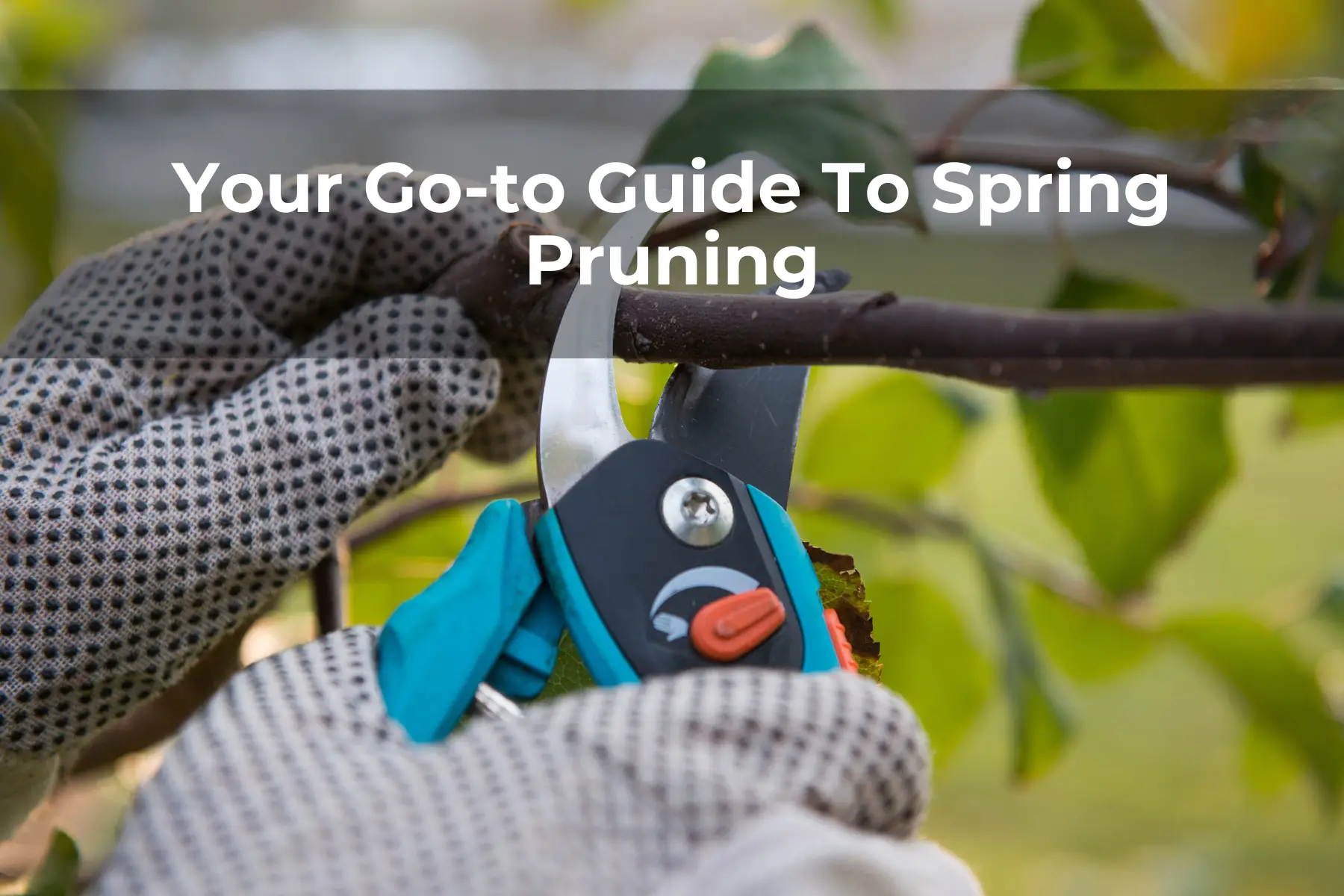Last Updated on August 22, 2022 by Real Men Sow
Spring preparation includes everything, from giving your lawn some TLC to clearing out dead plant debris to the important task of spring pruning. Although it may seem counterproductive to cut off branches or shrubs from your plants, this is essential for their overall health. It just has to be done right. For more information on this, please read the following guide to spring pruning.
Importance of this Guide to Spring Pruning
The winter months are when plants go dormant, but they wake up in spring and start growing again. This is why spring pruning is so important. For many types of plants, it is best to prune them before they emerge from dormancy. This usually happens in the early spring.
Pruning out dead and dying branches and stubs can do many great things for your plants. This improves airflow and encourages branch distribution and fruit and flower production. It also prevents diseased or dead parts of shrubs and plants from overtaking otherwise healthy organisms. Spring pruning can also be used to manage the size and shape of both trees and shrubs.
Plants That Need Spring Pruning
Pruning trees in spring is possible for most trees. However, you should prioritize trees that pose a threat to your safety or are simply unattractive. There are many types of pruning. However, it is best to not prune more than 10% of your tree. Pruning more than 10% can cause more harm than good.
- Pruning trees like walnut, maple, and birch can be done in the late spring or early season. However, if it is cold they will ooze sap, which can make them messy.
- After they have finished flowering in the spring, prune fruit trees such as apricots, crabapples, or a plum or flowering cherry tree.
- You can prune shrubs that are grown for their leaves rather than their flowers anytime, but only in the late autumn.
It is best to prune early spring bloomers such as lilacs, forsythias, and azaleas in late spring after they have finished flowering. This is because they make flowers from branches that were formed in the previous year. If you wait too long you might lose some of next season’s sweet-smelling blooms.
Tools
You will need the right tools if you plan to tackle spring pruning by yourself. You can get the necessary supplies at our nursery if you don’t have them yet. We recommend these spring pruning essentials:
- Sharp pruning shears
- Sharp hedge shears
- Sturdy garden gloves
- Loppers
- Pole pruners
What Should Be Done in Spring Pruning
Now that you have a good idea of what to prune, and the tools required to do so, it is time to start pruning! First, remove anything that is dying, diseased or broken. Then, clean up any remaining. Be aware of suckers growing from the base or roots of the trunk, branches that grow parallel to each other, or branches that rub against each other.
Side branches should be removed as close to the main stem as possible. The cut area will be more susceptible to insect infestation and disease if the branch is too long. You are leaving your plant with wounds which will need to heal every time you prune. This is why it’s best that you don’t prune more than 10% of your shrub, tree, or plant at once.

